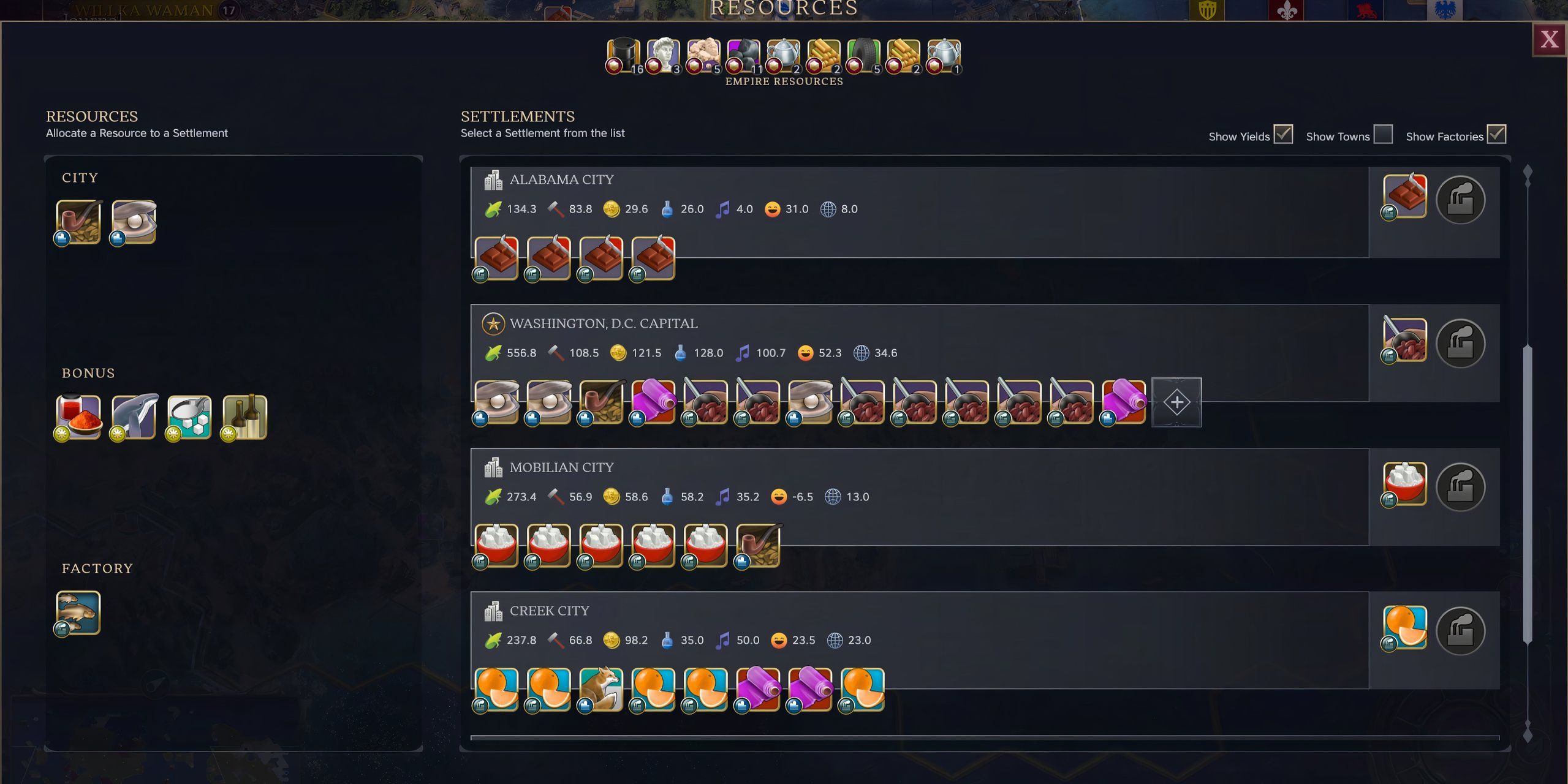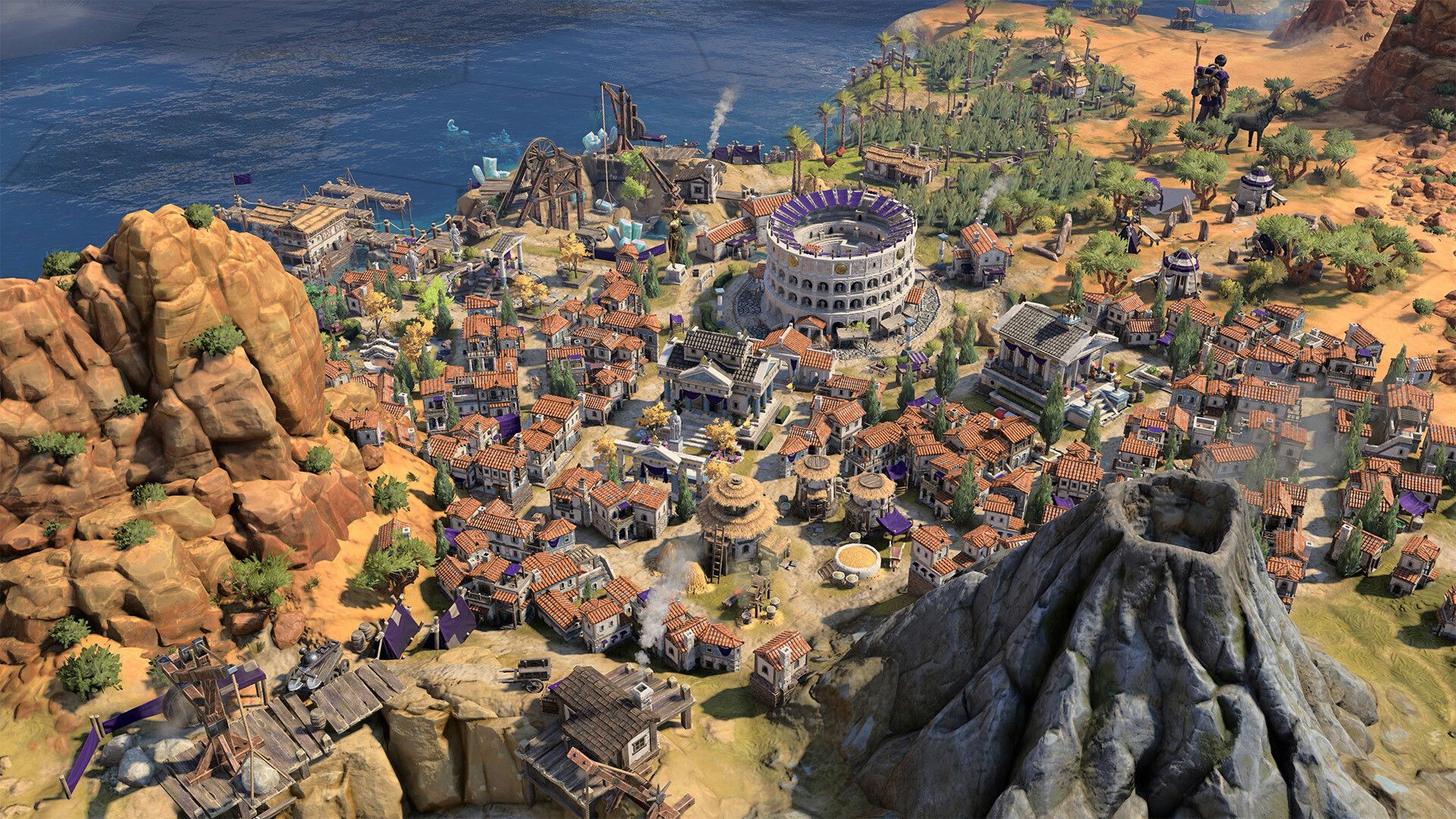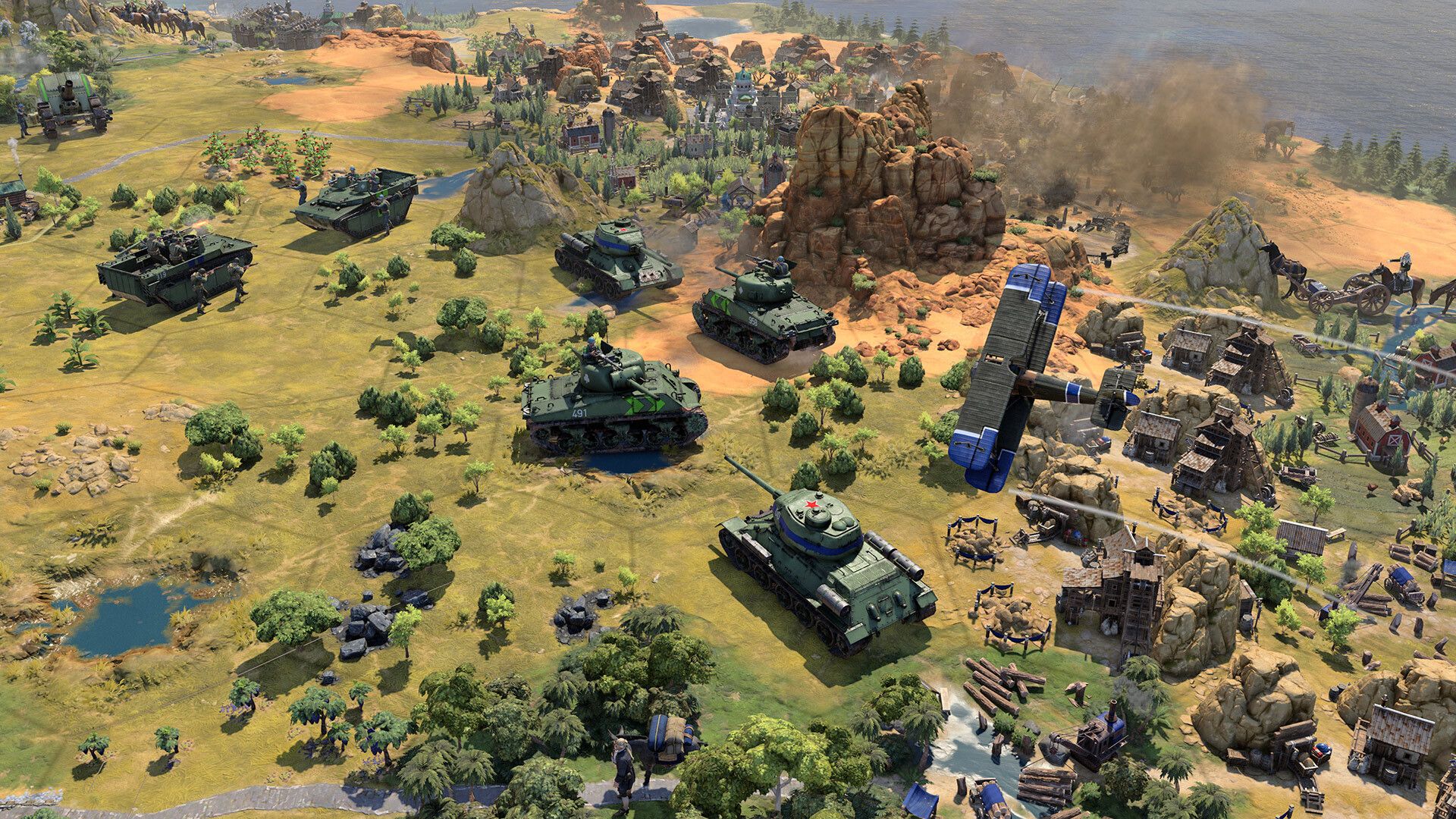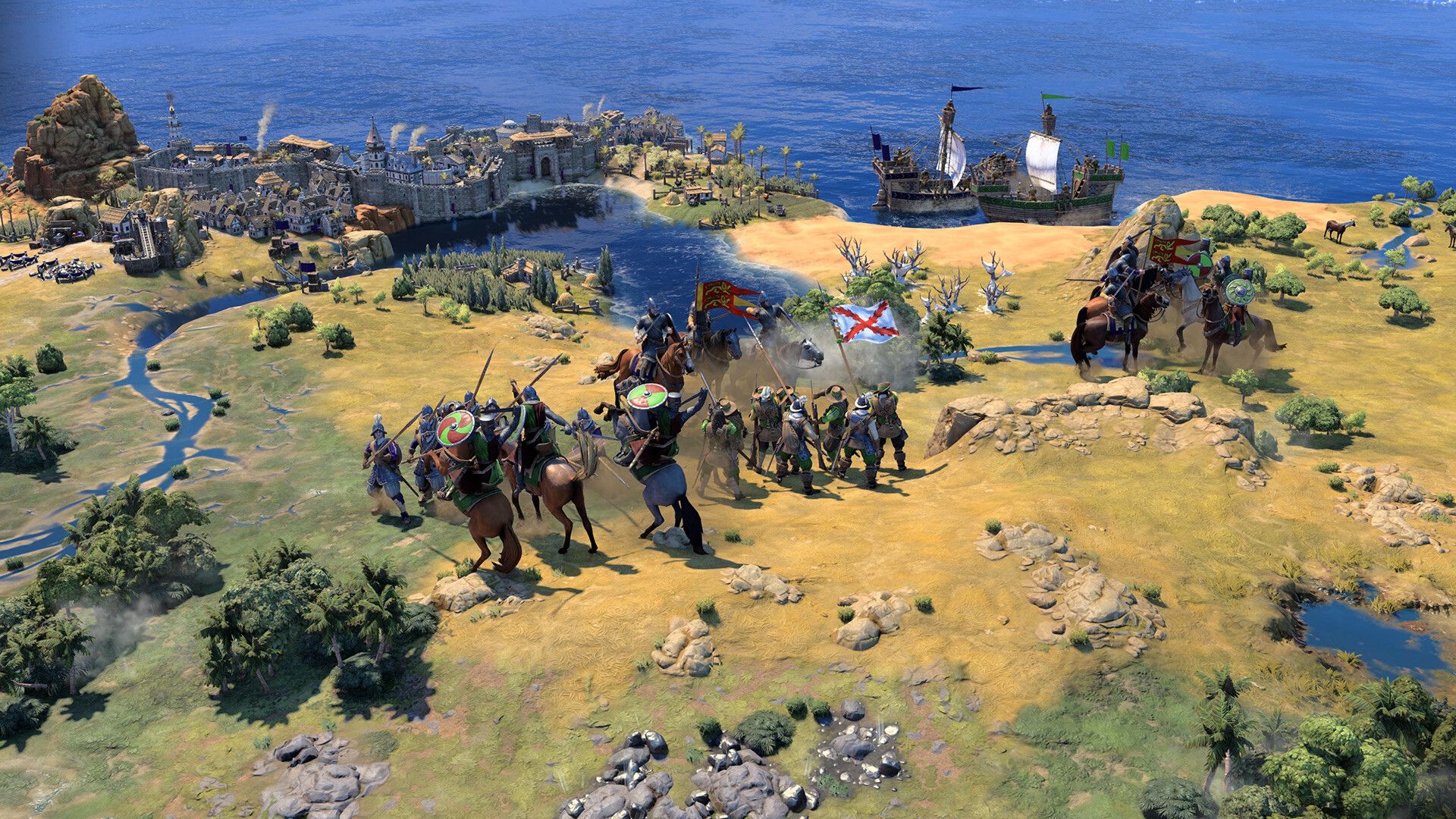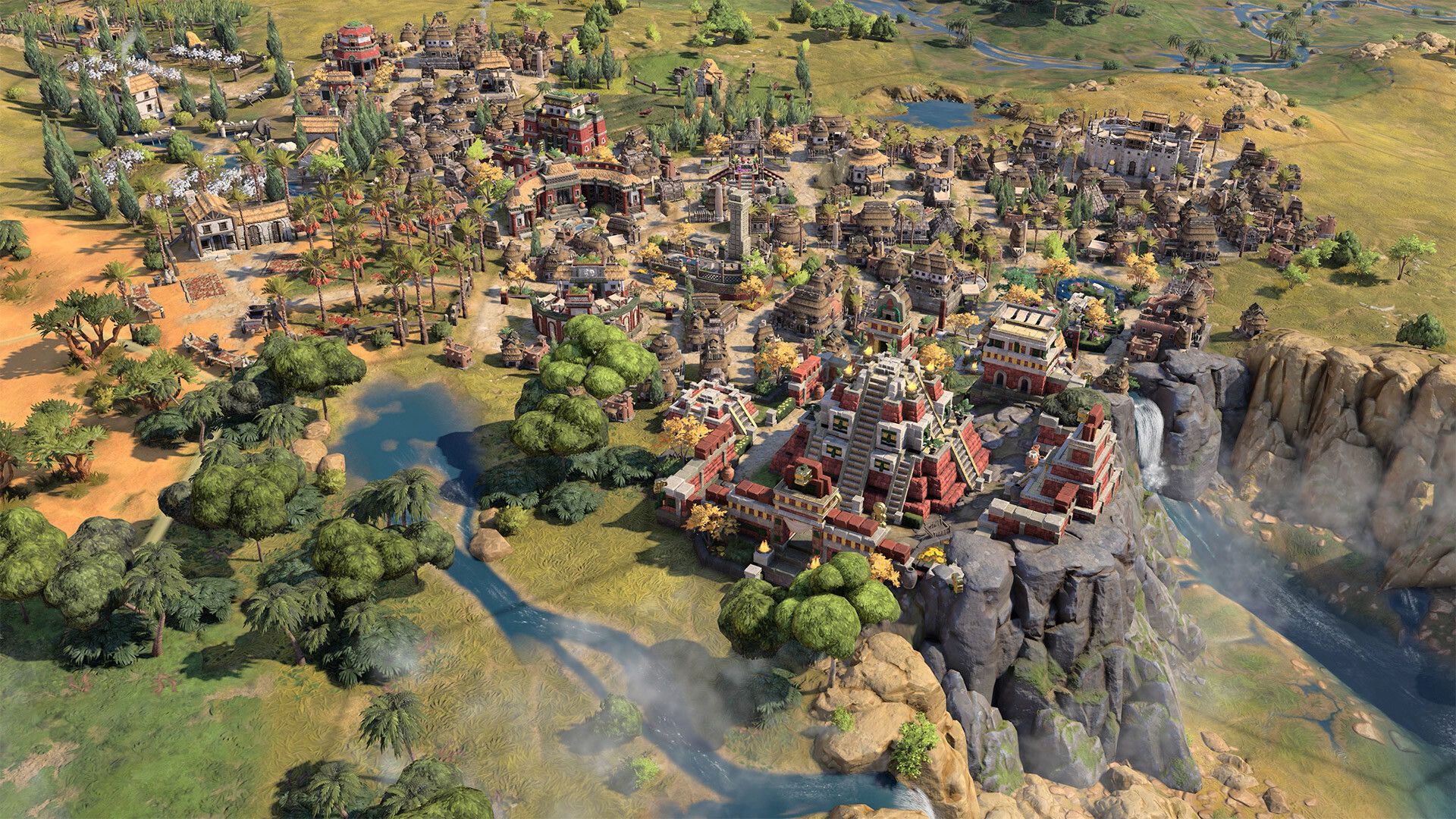Sid Meier’s Civilization VII
Once you reach the Modern Age inSid Meier ’s Civilization 7,you’ll notice that the Economic Legacy Path requires 500 Railroad Tycoon point get from"manufacturing good in your factories . " This might seem like a massive undertaking ifyou have n’t been in the Modern Age before or pursued the Economic route . In reality , it ’s pretty straightforward once you get a sense of the different requirements , and factory resource are essentially just a unequaled type of resource with some specific requirement . When you originate the Modern Age and consider the Railroad Tycoon , the first affair to depend at is your available resources .
On your Resources pageboy , you ’ll likely see at least a handful of Factory Resources sit down in your savings bank that can not be placed anywhere . If there are many of the same type , you might be in a expert position to pursue anEconomic triumph inCiv 7 . This is becausemultiple Factory Resources of the same type can be place in a Settlement to increase the turn of detail along the Railroad Tycoon Legacy Path . manufactory Resources require the resources themselves , an actual factory , as well as an intricate meshwork of connected Rail Stations and Ports . Here ’s a look at how Factory Resources crop inCiv 7 .
Quick Links
How To Build Factories In Civ 7
Research The Steam Engine, Industrialization & Mass Production Techs
The first measure toward getting your Factory Resources up and extend is to look at the required technologies and decide what ’s needed . Three primary buildings are perfectly full of life : Ports , Rail Stations , and Factories . port are unbarred with the Steam Engine engineering and are necessary if you plan to utilize any Factory Resources from your Settlements inCiv 7 ’s Distant Lands . Rail Stations are the mean of transport your manufactured goodness to and from , and are unsecured with the Industrialization engineering . Once you ’ve built a Rail Station in your Capital , you need to search the Mass Production technology to unlock Factories .
exchange resourcefulness with other nations in Civ 7 will aid your empire grow , but you have to start lay down trade routes to establish any share-out plan .
progress a Factory in your Das Kapital first , then set about constructing Rail Stations ( and then Factories ) in Settlements that already have established roadways to your Capital . you could establish novel road with a Merchant unit .

For Factory Resources to be allocate in a Settlement , the Settlement needs toconnect to the Capital via Rail Station or Port(more on that afterwards ) .
Ideally , you desire to connect as many Settlements with manufactory back to the Capital as possible , maximise the phone number of manufactory Resources you could allocate into each Settlement and , therefore , the number of Railroad Tycoon points earned .
How To Connect Factories With Rail Stations & Ports In Civ 7
Distant Lands Settlements Connect To The Capital Through Ports
To take advantage of the Factory Resources in your Distant Lands Settlements , you ’ll need to ensure that inland Settlements are connect by rail to Coastal Settlements with Ports . This can then colligate to another Port on your house continent , and ifthatport is relate to the Capital , you ’re in business . Developing this connection can sometimes be frustrative , as it is n’t always clear why a particular Settlement is n’t connecting back to the Capital , even with a Port established . Without a Port on the home continent , it wo n’t count what you do in the Distant Lands as it will be out of the question to build Factories .
How gem resources and treasure fleets , the centre component of the Exploration Age economical legacy route , work in Sid Meier ’s Civilization VII .
Factories can only slot one type of Factory Resource at a time , so it may be somewhat throttle to stick to your home continent and a rails connection alone . Branching out to the Distant Lands andutilizing them as manufacturing hubswill significantly increase your progress along the Railroad Tycoon route and toward the Great Bank Victory labor . I made certain to prioritise cities with a high figure of Resource slots , both on the home continent and in the Distant Lands , as it ’s most effective to integrate the maximal routine of very resources potential .
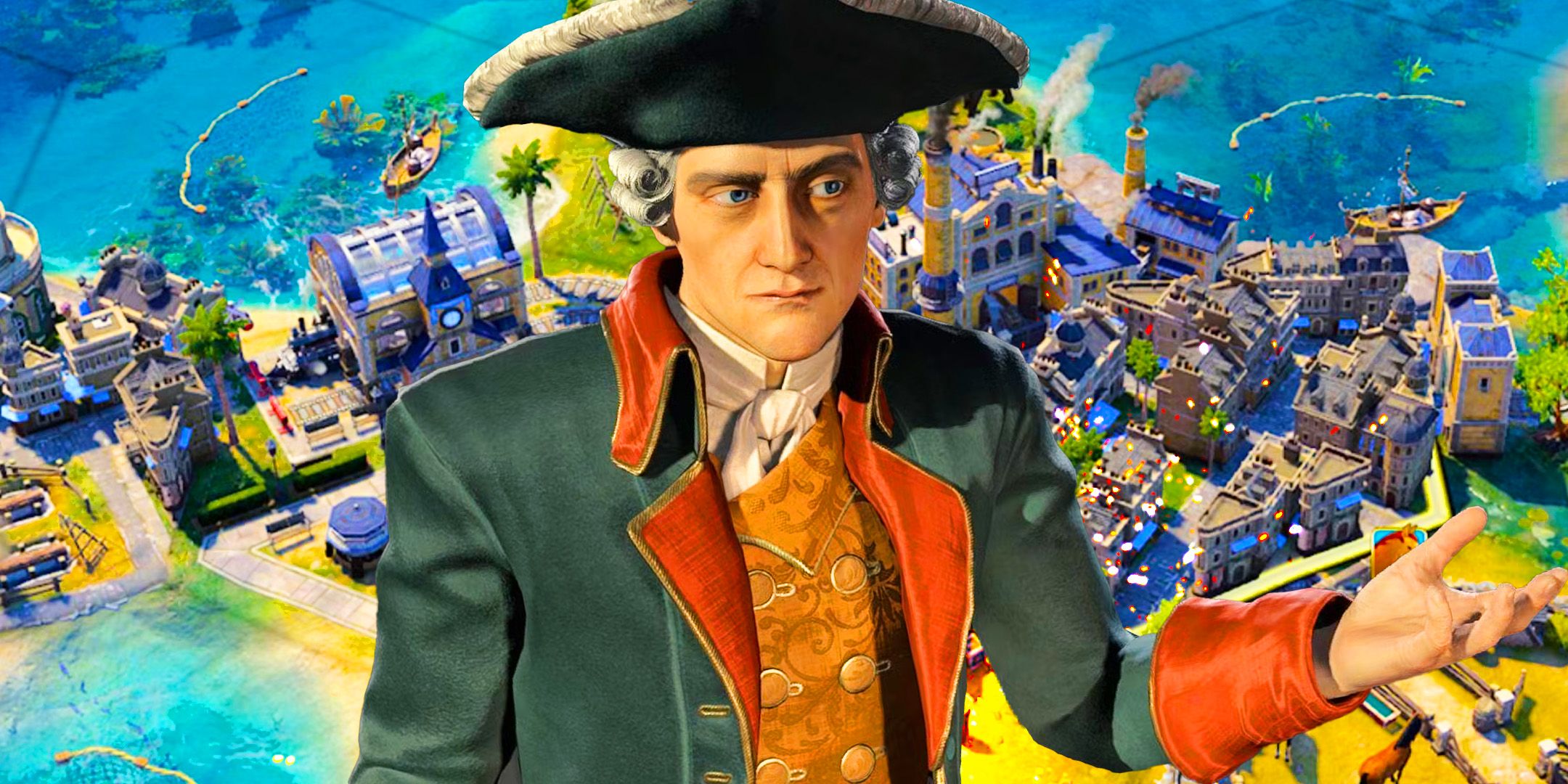
Custom image by Katarina Cimbaljevic
How To Assign Factory Resources In Civ 7
Only One Type Of Factory Resource Can Be Allocated Per Settlement
With your fabrication internet up and guide , the other crucial footfall is to really allocate your Factory Resources into each Settlement ’s Factory Resource expansion slot . When a manufactory is built in a Settlement , a young slot will open up up on the correct - hand side of the Sir Frederick Handley Page . Only one type of Factory Resource can be apportion to a yield Settlement , but multiples of that type can and should be allocated at the same meter . It ’s more efficient and beneficial to apportion the most abundant Factory Resources into a Settlement with a high routine of Resource slots .
In sum-up , here are the main things you need to do to get Factory Resources up and running inCiv 7 :
While it may be slenderly rarify , Factory Resources are one of the most practicable nerve tract toward triumph inCiv 7 , and knowing how to use them decently can give you an edge in the Modern Age . Certain civilizations , such as America and Prussia , have speciate construction for manufacturing in the Modern Age , and if you ’re planning onpursuing an Economic Victory , these are ideal choices . The above tips should help you utilize Factory Resources and advance down the Railroad Tycoon track inCivilization 7 .
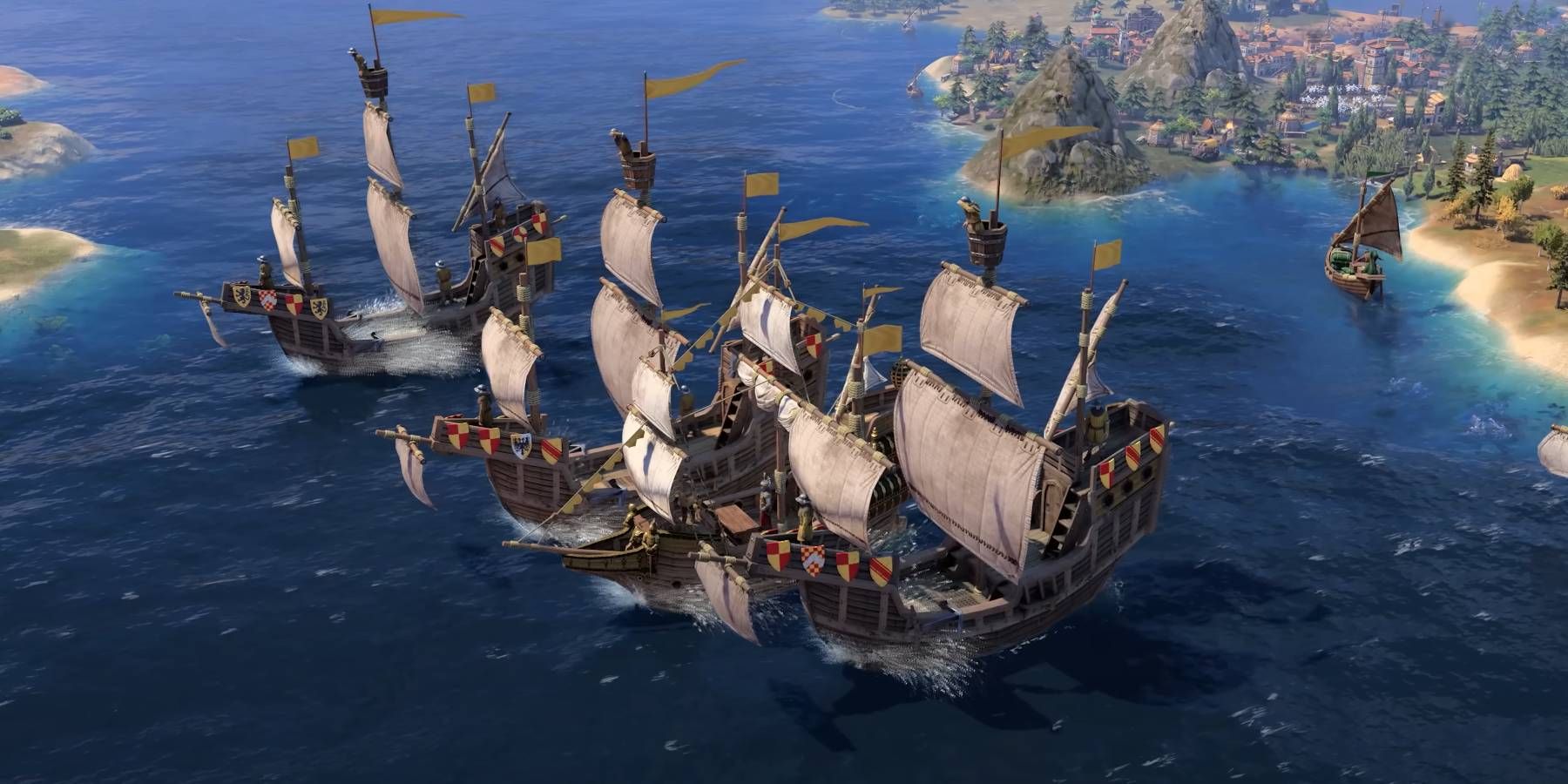
Sid Meier’s Civilization VII empowers players to guide their empires through three distinct Ages—Antiquity, Exploration, and Modern—each offering unique civilizations and challenges. For the first time, leaders and civilizations can be mixed and matched, allowing unprecedented strategic combinations.
Your Rating
Your comment has not been saved
Sid Meier ’s Civilization VII empowers thespian to manoeuvre their empires through three distinct Ages — Antiquity , Exploration , and New — each propose unique civilizations and challenges . For the first time , leader and refinement can be mixed and match , allowing unprecedented strategic combinations .
